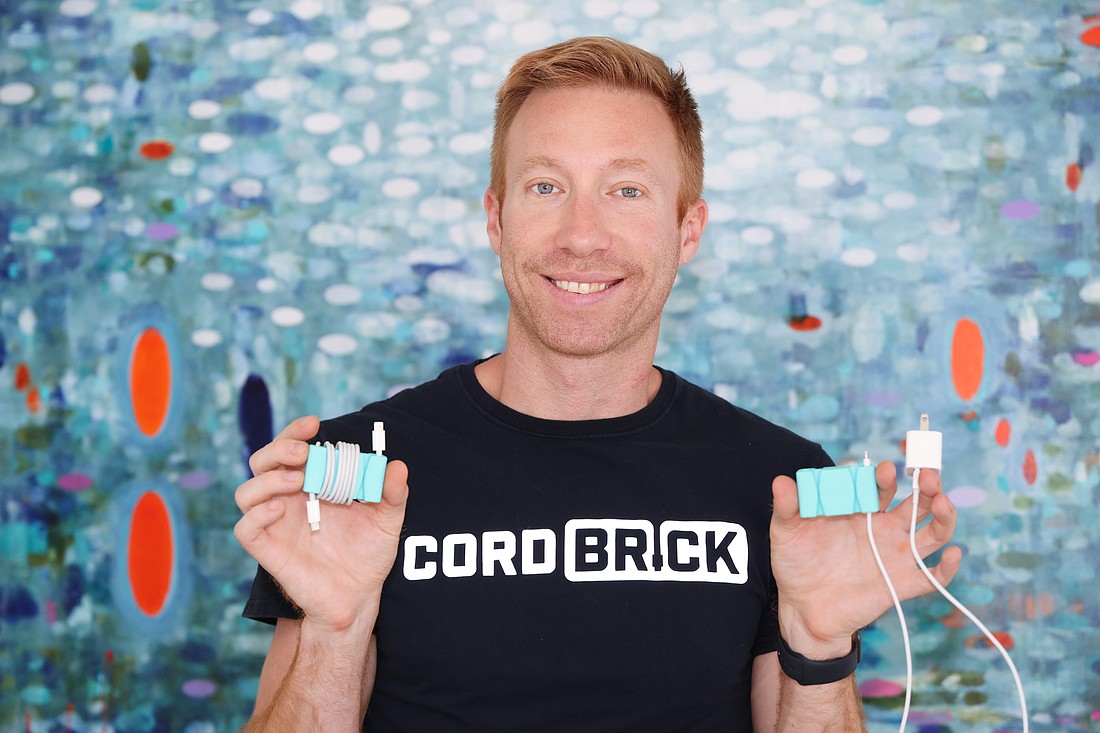- December 13, 2025
-
-
Loading

Loading

It’s a scenario many of us probably struggle with each day: you need to charge your phone overnight but want it in your bedroom. The only outlet available for charging is hiding behind the bed or a piece of furniture. So you wedge the charging plug in there, and every night you need to fish the cord out of the crevice it continually slips into when not in use.